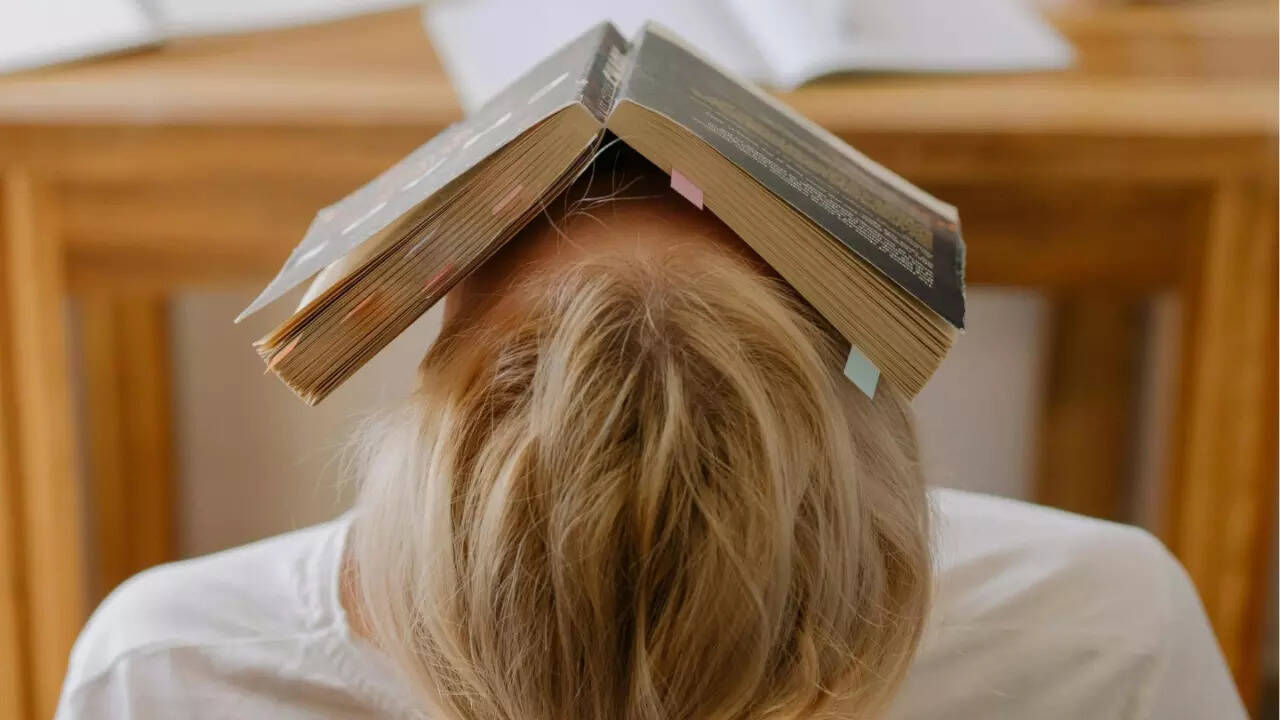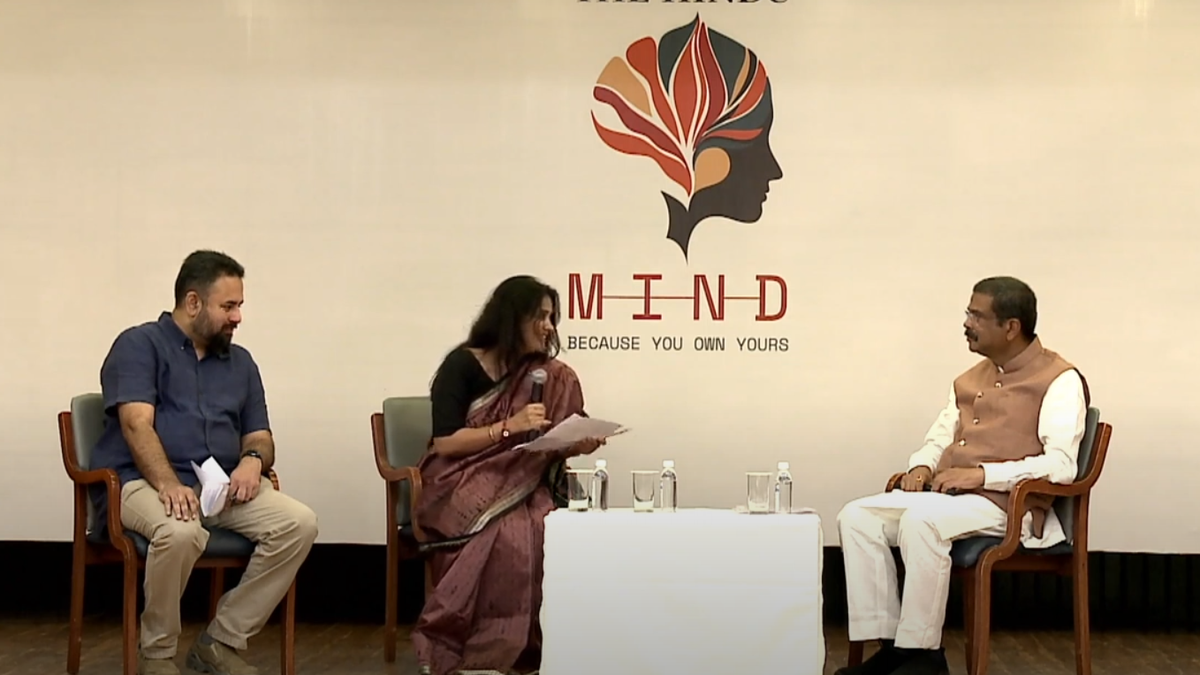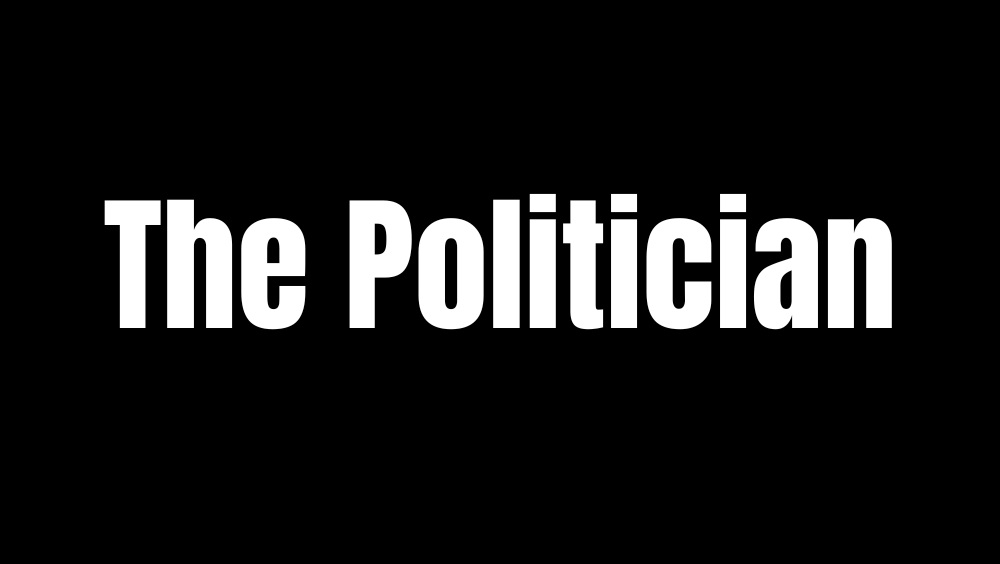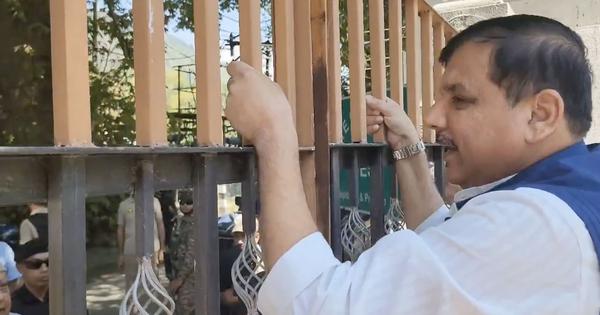Modi Govt rolls out GST 2.0: Read significant changes made and how they promise relief for Indian consumers
On 22nd September, the new GST (Goods and Services Tax) rates will be implemented to welcome the festive season, providing significant relief to Indian taxpayers and enhancing the spirit of celebration. Ultra-luxury and sinful items will now be subject to a 40% tax under the new structure which imposed two crucial tax rates of 5% and 18%. The lower GST rates on around 375 products will lower the cost of a number of goods and services, including medications, kitchen necessities, electronics, equipment and automobiles. Many household products such as TVs, vehicles and bikes will be more accessible which will benefit the middle class. Customers can also accomplish their dream of buying a four-wheeler because several car models have now become affordable. Furthermore, multiple food items, including paneer, roti, parantha and khakra among others are now exempt from taxes. Education will also be financially cheaper for the citizens. The tax reduction on a variety of farm products will greatly assist India’s agriculture industry as well. On 21st September Prime Minister Narendra Modi had informed the country that the next generation of GST reforms would take effect on the first day of Navratri. He added that the fresh system which he called the “GST Bachat Utsav” will guarantee savings for all citizens and advance India’s economic development. PM Modi promised that cost of everyday necessities for the populace will be decreased. His address transpired after Union Finance Minister Nirmala Sitharaman presided over the 56th meeting of the GST Council. The government anticipates that GST 2.0 would lower the cost of products and services for households, reduce disagreements and make compliance easier. Main features of GST 2.0 The previous four-tier structure with rates of 5%, 12%, 18% and 28% is to two wide slabs by GST 2.0: 5% goes towards essentials and everyday staples such food grains, medications, basic dairy products and instructional materials. 18% for the majority of common goods and services, including consumer services, transportation and manufacturing. Sin and luxury items like tobacco, pan masala, aerated beverages, high-end cars, gambling, casinos, internet gaming and race clubs would now be subject to a 40% tax. State governments are releasing their respective State GST (SGST) notifications to implement the updated Central GST (CGST) rates which were announced by the Union Finance Ministry last week. Singnificiant points of the major development Life insurance policy exemption from GST: Individual life insurance policies are no longer covered by GST. This comprises unit-linked insurance plans (ULIPs), endowment policies, and term insurance plans. The waiver has also been applied to reinsurance of these individual life plans. Health insurance exclusion from GST: Individual health insurance policies, such as family plans and policies tailored to the needs of senior citizens are spared from GST under the fresh rules. Transportation service tax rates: Road passenger transportation will be charged a 5% tax rate in the absence of an input tax credit (ITC). However, if they so desire, transport companies might opt to pay 18% with ITC. Business and other premium classes will continue to be liable to an 18% tax, while economy class tickets will continue to be subjected to a 5% tax. GST on local delivery services: The e-commerce operator (ECO) becomes liable for GST if an unregistered service provider uses them to perform local delivery services. The delivery provider will be responsible for paying the tax if they are registered under the GST. GST rate for local delivery services: The standard rate for local delivery services is set at 18%. GST on medicines: Drugs that were previously subject to a 12% tax will now be at a 5% tax. The Finance Ministry stated that medications will be taxed at 5% tax rather than being completely exempt. It explained that manufacturers would no longer be able to claim ITC on inputs like raw materials and packaging if medications were fully excluded. Their production expenses would increase as a result. However, 36 crucial life-saving medications for heart problems, uncommon diseases, cancer and genetic disorders are now completely tax-free. GST on leasing and renting: When items are leased or rented without an operator, the tax rate is the same as that of the actual goods. For instance, leasing an automobile without a driver will also be subject to 18% GST if the sale of the vehicle carries this charge. This also holds true for other products. GST rates on imports: The revised rates under GST 2.0 will also apply to imports. Integrated GST (IGST) will be levied at the new rates starting from 22nd September, unless a specific exemption has been notified. Difference between plant-based and UHT milk exemptions: Dairy-based Ultra High Temperature (UHT) processed milk is completely exempt. However, plant-based milk is not c



On 22nd September, the new GST (Goods and Services Tax) rates will be implemented to welcome the festive season, providing significant relief to Indian taxpayers and enhancing the spirit of celebration. Ultra-luxury and sinful items will now be subject to a 40% tax under the new structure which imposed two crucial tax rates of 5% and 18%.
The lower GST rates on around 375 products will lower the cost of a number of goods and services, including medications, kitchen necessities, electronics, equipment and automobiles. Many household products such as TVs, vehicles and bikes will be more accessible which will benefit the middle class.
Customers can also accomplish their dream of buying a four-wheeler because several car models have now become affordable. Furthermore, multiple food items, including paneer, roti, parantha and khakra among others are now exempt from taxes. Education will also be financially cheaper for the citizens. The tax reduction on a variety of farm products will greatly assist India’s agriculture industry as well.
On 21st September Prime Minister Narendra Modi had informed the country that the next generation of GST reforms would take effect on the first day of Navratri. He added that the fresh system which he called the “GST Bachat Utsav” will guarantee savings for all citizens and advance India’s economic development.
PM Modi promised that cost of everyday necessities for the populace will be decreased. His address transpired after Union Finance Minister Nirmala Sitharaman presided over the 56th meeting of the GST Council. The government anticipates that GST 2.0 would lower the cost of products and services for households, reduce disagreements and make compliance easier.
Main features of GST 2.0
The previous four-tier structure with rates of 5%, 12%, 18% and 28% is to two wide slabs by GST 2.0:
- 5% goes towards essentials and everyday staples such food grains, medications, basic dairy products and instructional materials.
- 18% for the majority of common goods and services, including consumer services, transportation and manufacturing.
- Sin and luxury items like tobacco, pan masala, aerated beverages, high-end cars, gambling, casinos, internet gaming and race clubs would now be subject to a 40% tax.
State governments are releasing their respective State GST (SGST) notifications to implement the updated Central GST (CGST) rates which were announced by the Union Finance Ministry last week.
Singnificiant points of the major development
Life insurance policy exemption from GST: Individual life insurance policies are no longer covered by GST. This comprises unit-linked insurance plans (ULIPs), endowment policies, and term insurance plans. The waiver has also been applied to reinsurance of these individual life plans.
Health insurance exclusion from GST: Individual health insurance policies, such as family plans and policies tailored to the needs of senior citizens are spared from GST under the fresh rules.
Transportation service tax rates: Road passenger transportation will be charged a 5% tax rate in the absence of an input tax credit (ITC). However, if they so desire, transport companies might opt to pay 18% with ITC. Business and other premium classes will continue to be liable to an 18% tax, while economy class tickets will continue to be subjected to a 5% tax.
GST on local delivery services: The e-commerce operator (ECO) becomes liable for GST if an unregistered service provider uses them to perform local delivery services. The delivery provider will be responsible for paying the tax if they are registered under the GST.
GST rate for local delivery services: The standard rate for local delivery services is set at 18%.
GST on medicines: Drugs that were previously subject to a 12% tax will now be at a 5% tax. The Finance Ministry stated that medications will be taxed at 5% tax rather than being completely exempt. It explained that manufacturers would no longer be able to claim ITC on inputs like raw materials and packaging if medications were fully excluded. Their production expenses would increase as a result. However, 36 crucial life-saving medications for heart problems, uncommon diseases, cancer and genetic disorders are now completely tax-free.
GST on leasing and renting: When items are leased or rented without an operator, the tax rate is the same as that of the actual goods. For instance, leasing an automobile without a driver will also be subject to 18% GST if the sale of the vehicle carries this charge. This also holds true for other products.
GST rates on imports: The revised rates under GST 2.0 will also apply to imports. Integrated GST (IGST) will be levied at the new rates starting from 22nd September, unless a specific exemption has been notified.
Difference between plant-based and UHT milk exemptions: Dairy-based Ultra High Temperature (UHT) processed milk is completely exempt. However, plant-based milk is not covered by the waiver. Almond milk and similar beverages were subject to 18% GST up to this point, but soy milk was only subject to 12%. All plant-based milk beverages, including soy milk will henceforth be subject to a unified 5% tax.
GST reduction for face powders and shampoos: The rate has been lowered for face powders and shampoos. The Finance Ministry clarified that the drop was intended to streamline the GST system rather than to benefit big businesses.
GST 2.0 serves the interests of the Indian consumers
Taxes on an array of basic necessities and consumer goods will now be reduced.
- There would be no taxes on UHT milk, chapati, paratha and parotta. Products such as cheese, paneer, ghee, and butter will be taxed 5%. Packaged items such as bhujia, pasta, biscuits, chocolates, cornflakes, and namkeens will also be subject to a similar rate.
- Dates, cashews, pistachios, and almonds which were formerly subject to a 12% taxwill now only be prone to a 5% tax. Confectionery and refined sugar will also be moved to the 5% range.
- Books, medical equipment, and life-saving medications will either be tax-free or have a 5% tax.
- The 0% GST category will also apply to products including notebooks, graph books, exercise books, pencil sharpeners, erasers, uncoated pape, and paperboard. Additionally, globes, atlases, wall maps and maps will all be free of GST.
- TVs, dishwashers, and washing machines fall from 28% to 18%. Toothpaste, dental floss, hair oil, and shampoo will drop to 5%.
- Instead of 28% tax, small cars and motorcycles with engines up to 350cc will only pay 18%.
- Health and life insurance policies will no longer be impacted by taxes.
- Construction materials, seeds, fertilisers, and crop inputs will drop from 12% to 5%.
- The rate for hotel rates under ₹7,500 will now be 5% rather than 12%.
- There will be a 5% tax on economy tickets.
The government has undertaken a crucial action to augment savings and improve the financial situation of the public. However, some things are likely to see a price increase as a result of the new GST guidelines.
- A 40% tax will now be applied on cigarettes, gutkha, zarda, pan masala and aerated liquids that include added sugar.
- Costs for coal-based sectors will rise as tax on coal went from 5% to 18%.
- Luxury cars and bikes larger than 350cc will be subject to 40% tax.
- The 40% threshold will also apply to gambling and leisure activities like casinos, horse racing, lotteries and IPL tickets.
PM Modi’s crucial address to the nation
“From tomorrow, with the sunrise of Navratri, next generation GST reforms will come into force. In a way, the nation will celebrate a GST Bachat Utsav, where every family’s savings will grow,” PM Modi mentioned while talking about the vital decision taken by his government. He conveyed that the poor, middle class, neo-middle class, farmers, shopkeepers, traders, and women would all profit from this move as it would bring joy to homes.
The prime minister highlighted that the 2017 GST revisions fulfilled the goal of “One Nation, One Tax” by releasing the country from decades of tax difficulties and now the lowered slabs will help with compliance and encourage investment. He emphasised that MSMEs (Micro, Small, and Medium Enterprises), cottage industries and small traders will gain from lower GST rates and streamlined processes since they will boost sales and lessen the tax burden.
This is the largest overhaul of India’s consumption tax since the introduction of the Goods and Services Tax (GST) in 2017. It is expected that the reforms will increase demand in important areas. Reduced vehicle costs could draw in new customers and promote improvements, increasing demand for parts manufacturing, and finance. Likewise, sales across FMCG networks, retail chains and e-commerce platforms are projected to surge when discounted prices on appliances and household products coincide with the festive season.
PM Modi pointed out that MSMEs were the backbone of India’s economic might during its thriving era and pushed them to produce top-notch goods with pride using the phrase “Made in India.” He emphasised that citizens are now enjoying a “double bonanza” because to lower GST rates and income tax relief of up to ₹12 lakh. He further stated that the public would save more than ₹2.5 lakh crore a year as a result of this joint relief.

























































































































